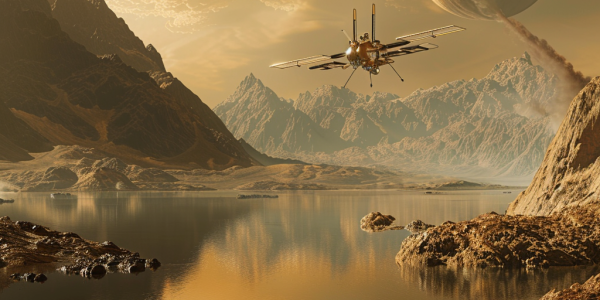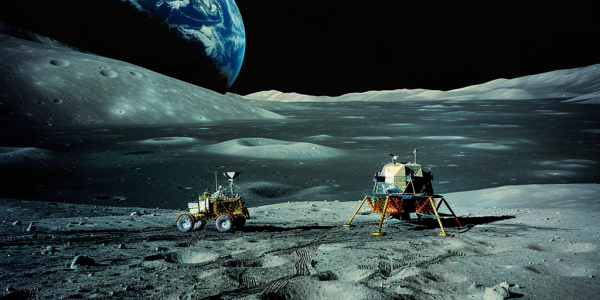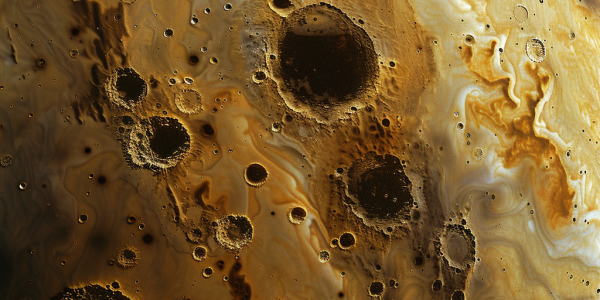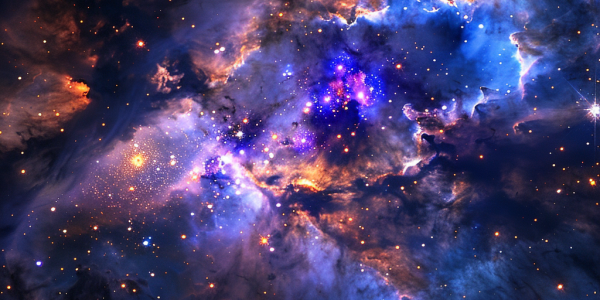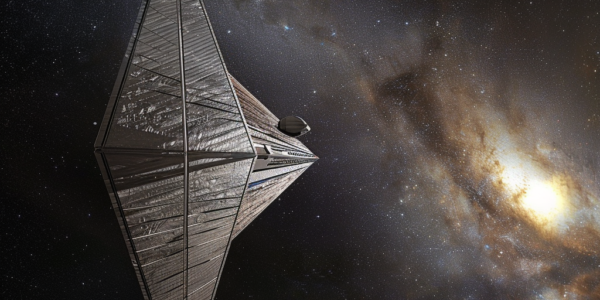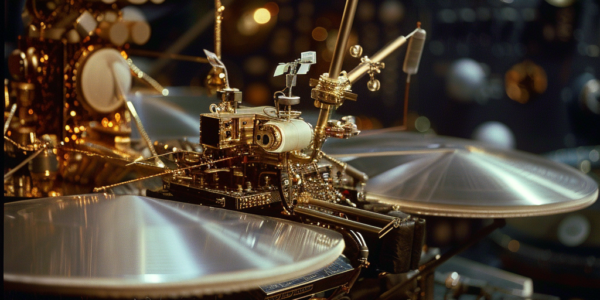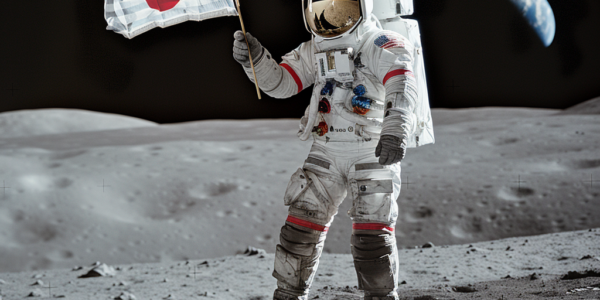NASA Announces Six New Airborne Missions for Earth Day 2024
NASA announces six new airborne missions to study Earth’s changing planet, with a focus on topics like arctic coastal change, wildfire-influenced weather patterns, urban air pollution, and more. These missions aim to provide targeted insights into climate change impacts and Earth’s dynamic processes, emphasizing the importance of scientific findings for societal benefit.
NASA’s PACE Satellite Revolutionizes Understanding of Climate Change Trends
NASA’s PACE satellite revolutionizes climate change understanding by monitoring ocean health, air quality, and climate impact. With advanced instruments, PACE studies phytoplankton’s role in carbon absorption and ecological balance, offering unprecedented insights into Earth’s interconnected systems. NASA aims to raise awareness about climate change effects and promote sustainable practices for a healthier future.
Massive 280-Foot Asteroid Set to Make Close Approach to Earth Tomorrow
NASA reports that a massive 280-foot asteroid named Asteroid 2024 GM is set to make a close approach to Earth tomorrow, April 21. Despite its size, there is no cause for concern as it will come within about 4,450,000 miles of Earth before retreating back into the depths of the solar system. Learn more about how space agencies like NASA actively monitor celestial bodies to ensure they do not pose a threat to Earth.
NASA Confirms Dragonfly Mission to Saturn’s Moon Titan in 2028
NASA’s Dragonfly mission to Titan, Saturn’s largest moon, is set to launch in July 2028 with a budget of $3.35 billion. This groundbreaking mission aims to explore Titan’s unique environment, including its weather conditions, liquid features, and potential for understanding the origins of life. Scheduled to reach Titan in 2034, the mission will involve a rotorcraft collecting samples of prebiotic chemistry, searching for chemical biosignatures, studying the moon’s methane cycle, and more. Despite delays due to the COVID-19 pandemic, NASA is committed to the success of the mission, highlighting the significance of rotorcraft exploration beyond Earth.
China’s Advancements in Space Exploration Pose Challenge to US Dominance
China’s advancements in space exploration pose a formidable challenge to the United States, with recent achievements including the successful missions of the Long March 5B heavy-lift vehicle and the Chang’e lunar missions. The launch of the Queqiao-2 relay satellite sets the stage for future lunar missions, highlighting China’s commitment to space exploration and technology innovation. As China aims to establish itself as a major player in space exploration, the global space community faces a potential shift in leadership and technological innovation in the final frontier.
NASA’s Juno Captures Mesmerizing View of Volcanoes Erupting on Jupiter’s Moon Io
NASA’s Juno spacecraft captures mesmerizing images of volcanoes erupting on Jupiter’s moon Io, showcasing the dynamic landscape shaped by gravitational interactions. The stunning detail of Io’s surface reveals a network of active volcanoes and hot spots, providing scientists with valuable insights into the moon’s geology. Enhanced images highlight the beauty of Io’s volcanic wonderland, offering a glimpse into the complex interplay of forces within the Jupiter system.
James Webb Space Telescope Reveals Mesmerizing Image of Tumultuous Area in Space
The James Webb Space Telescope unveils a mesmerizing image of a tumultuous area near the center of our galaxy, 25,000 light years away. This image showcases never-before-seen features that have left astronomers puzzled. Launched in 2021, the telescope’s advanced capabilities allow it to observe the near-infrared spectrum, capturing objects previously undetectable by the Hubble Space Telescope. The recent image focuses on Sagittarius C, a region densely populated with stars and proto-stars, including a colossal proto-star exceeding 30 times the mass of our sun. Astronomers aim to test star formation theories and understand the composition of the universe. The image reveals enigmatic phenomena, such as a blue cloud of ionized hydrogen, sparking excitement among astronomers as they uncover the mysteries of space.
NASA stellt bahnbrechende Technologie für sonnenbetriebene Raumfahrt vor
Die NASA hat eine bahnbrechende Technologie vorgestellt, die die Zukunft der Raumfahrt verändern könnte. Ein futuristisches Raumschiff, das von der Energie der Sonne angetrieben wird, könnte schon bald Realität werden. Das Advanced Composite Solar Sail System der NASA nutzt die Sonnenenergie, um sich im Weltraum fortzubewegen. Diese innovative Technologie verspricht nachhaltige Fortbewegung und erhebliche Kostenersparnisse. Es markiert einen bedeutenden Schritt hin zu einer nachhaltigeren und effizienteren Raumfahrt.
NASA Engineers Discover Cause of Communication Breakdown with Voyager 1
NASA engineers have discovered the cause of the communication breakdown with Voyager 1 – a small portion of corrupted memory in the spacecraft’s computer. This glitch caused unreadable data to be sent back to Earth, hindering the probe’s ability to communicate with mission control. The team is working on a fix to restore Voyager 1’s ability to send meaningful data back to Earth.
Japanese Astronaut to Make History as First Non-American to Land on the Moon in NASA’s Upcoming Artemis Missions
Japanese astronaut to make history as the first non-American to set foot on the Moon during NASA’s Artemis missions, marking a significant milestone in space exploration. Japan’s commitment to the program includes supplying a rover, emphasizing the collaborative efforts between the two nations. The Artemis program aims to establish a sustained lunar presence in preparation for potential missions to Mars, with plans for the first woman and person of color to land on the Moon. The partnership between the United States and Japan reflects the shared commitment to advancing space exploration and scientific discovery.




